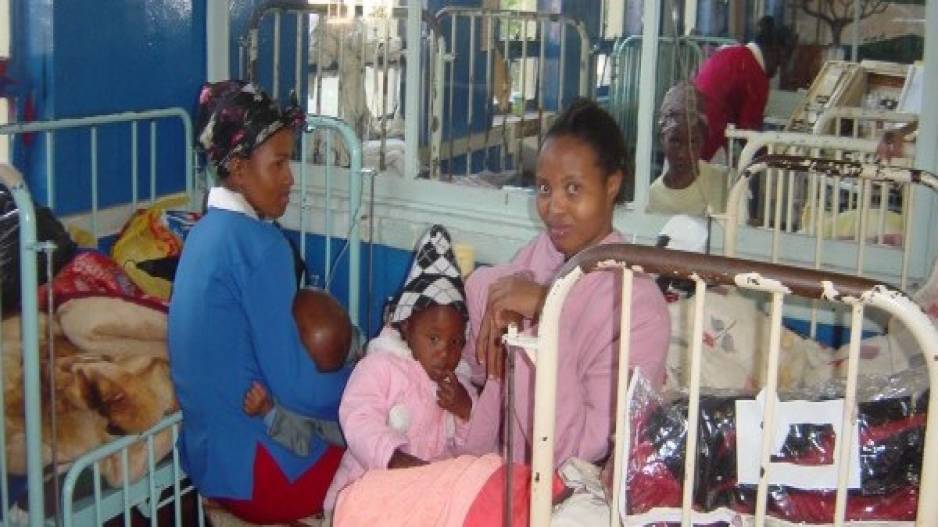Recommended Stories
Washington: Only one-fifth of international health aid is targeted at pandemic preparedness, research for neglected diseases like Ebola, tackling drug-resistant bacteria, and other key global health issues, finds a study.
A new approach is needed for classifying funding that reflects the functions that funding serves, rather than the specific disease or country, said the study.
"We should be investing in essential global functions, as these investments would benefit poor people wherever they live, including the poor within middle-income countries," said Marco SchAferhoff, associate director of SEEK Development in Berlin, Germany.
The first in-depth assessment of how donor funding is spent on global versus country-specific functions of health appeared in The Lancet.
Countries like China and India would substantially benefit from market shaping to lower drug prices and increased international efforts to control multi-drug resistance tuberculosis, SchAferhoff said.
Just 21 percent of this funding in 2013 was devoted to global functions providing global public goods and providing global leadership and stewardship.
In contrast, 79 percent was disbursed for individual county support, estimated the study.
The analysis also highlighted the mismatch between donor support and global health needs.
Thus, the entire donor investment in cross-border externalities was around $1 billion in 2013 -- less than a third of what the World Bank estimated the annual cost of building a pandemic preparedness system ($3.4 billion).
Spending in 2013 for all global public goods (around $3 billion) was less than half the annual $6 billion that WHO estimates is needed to support research and development for neglected diseases alone.
"The best way for donors to improve the health of poor people in middle-income countries is to invest in research and development for neglected diseases, pandemic preparedness, and other global functions of health," said co-author Lawrence Summers, former US treasury secretary and professor of economics at the Harvard University.













